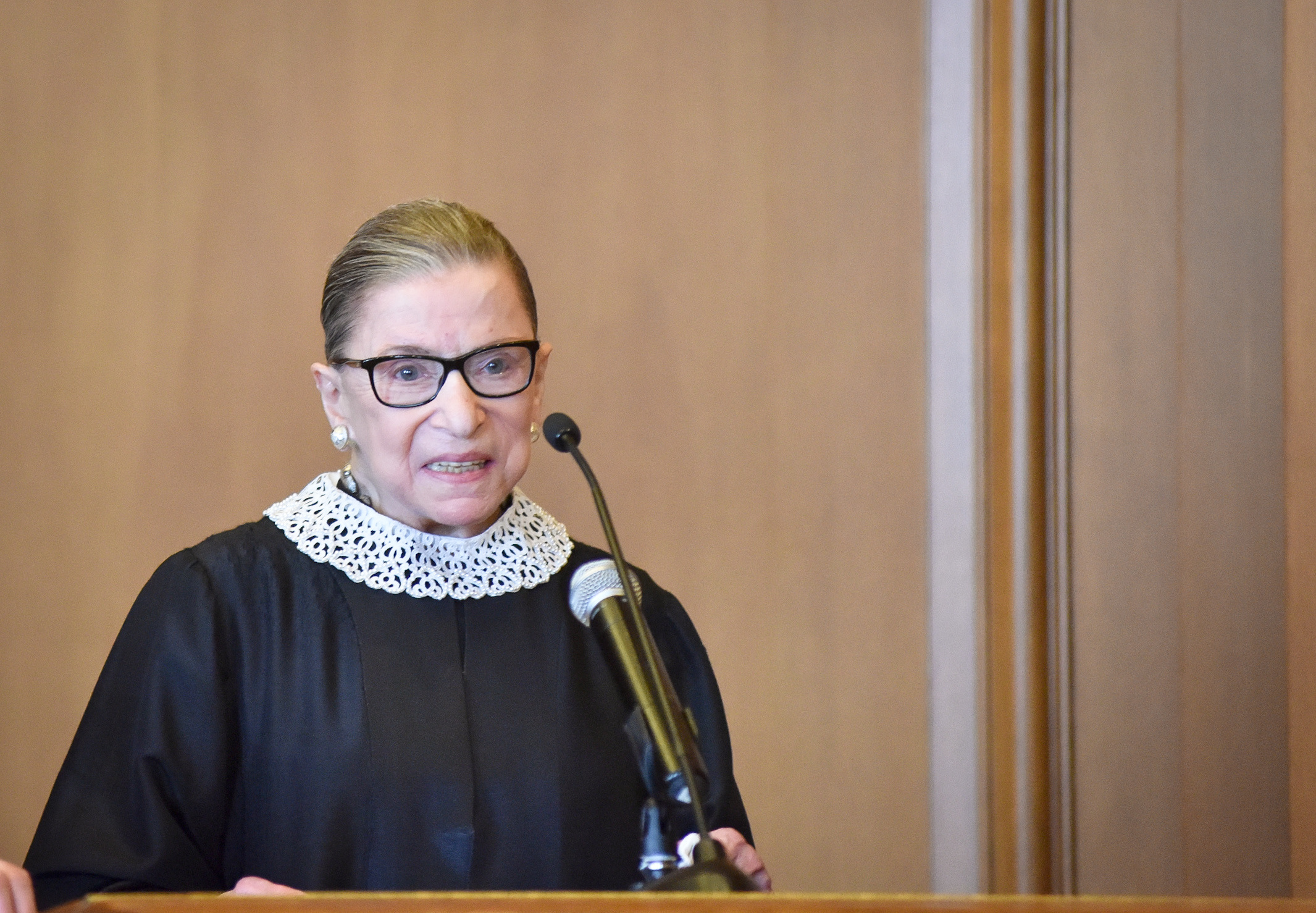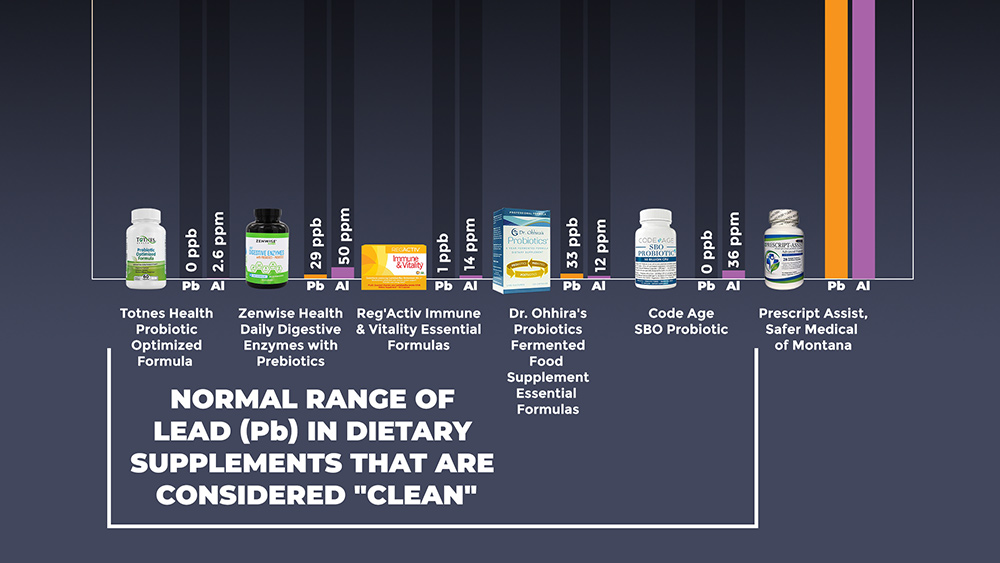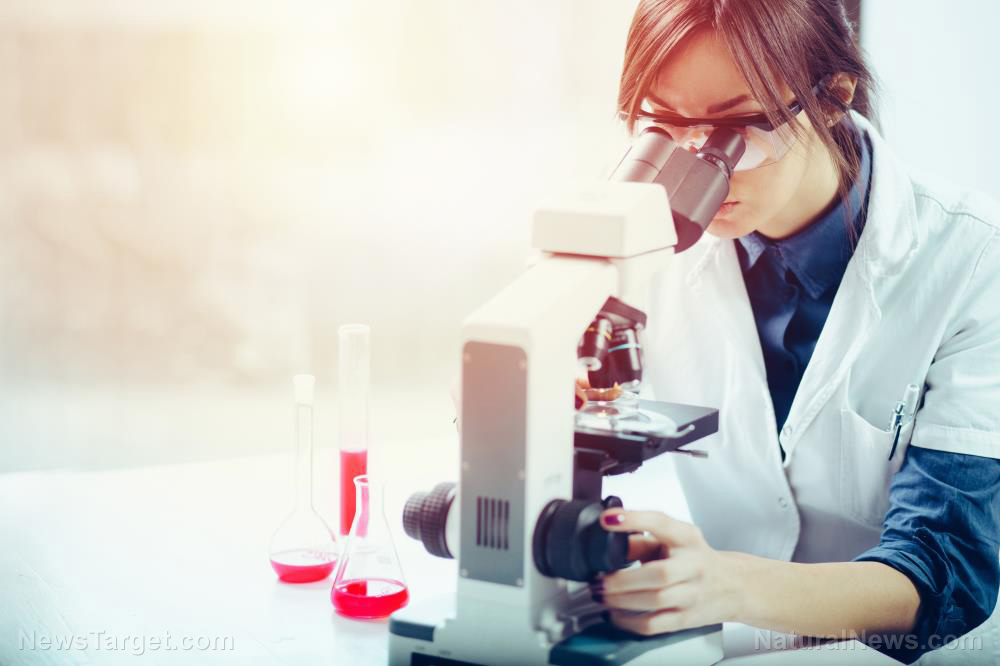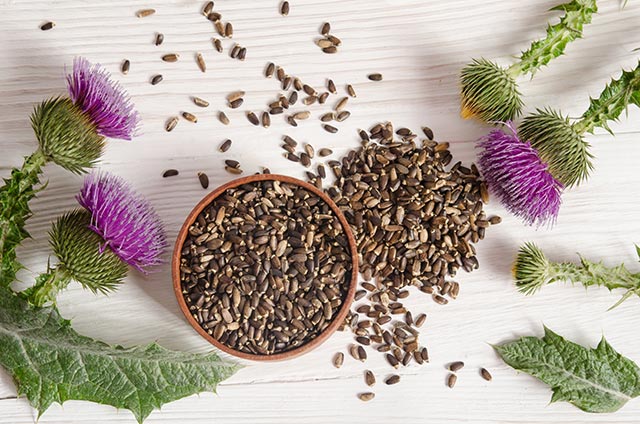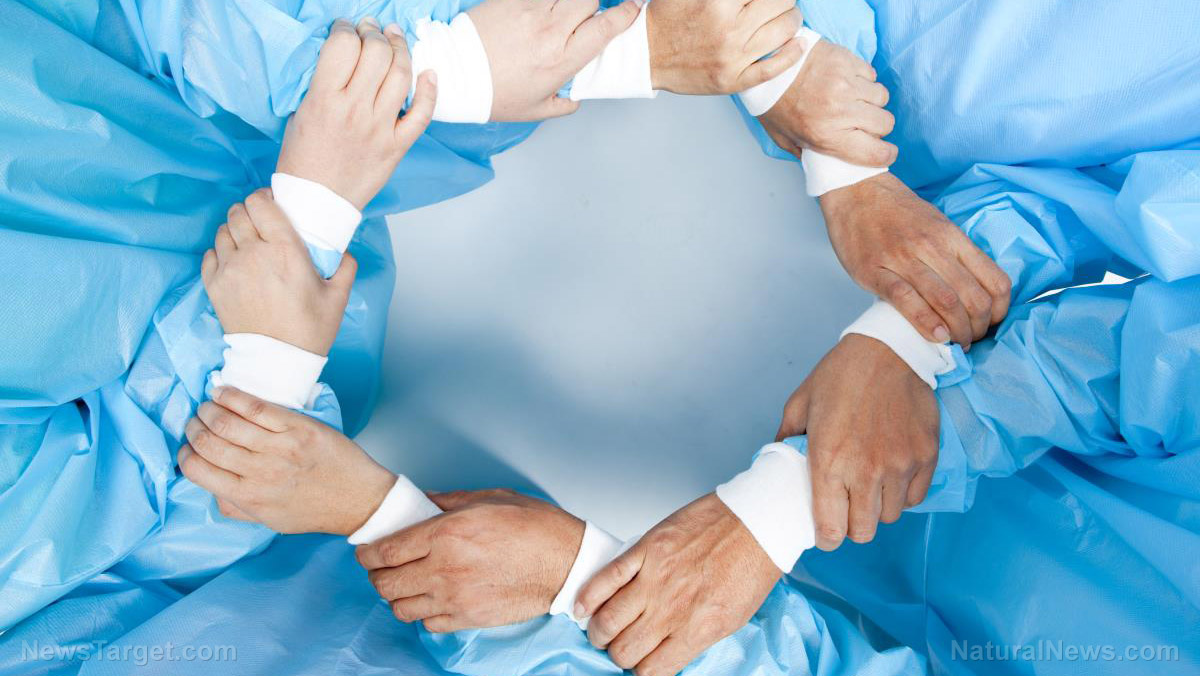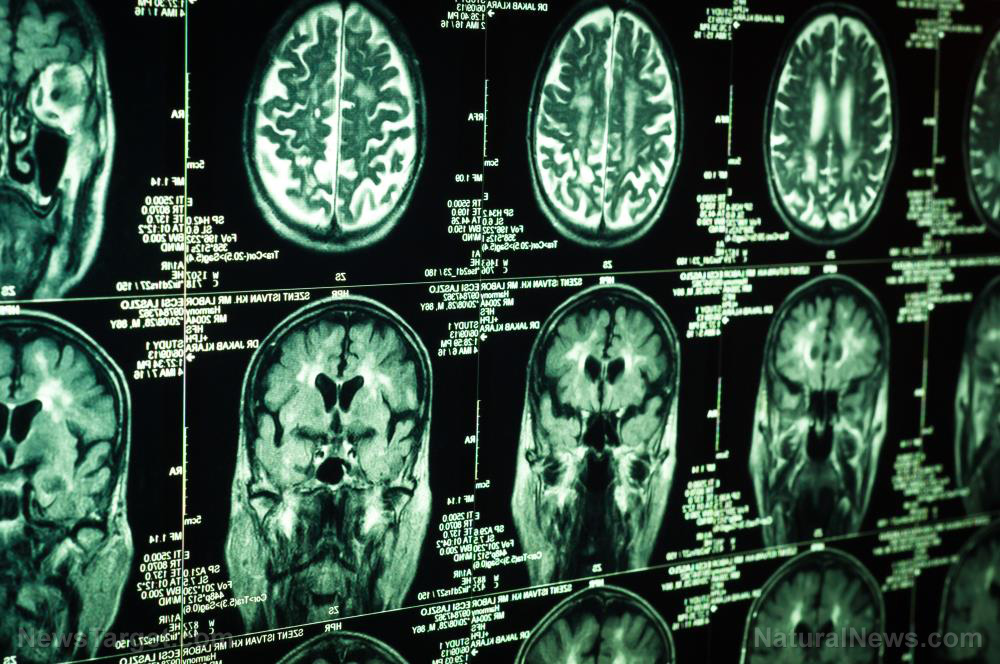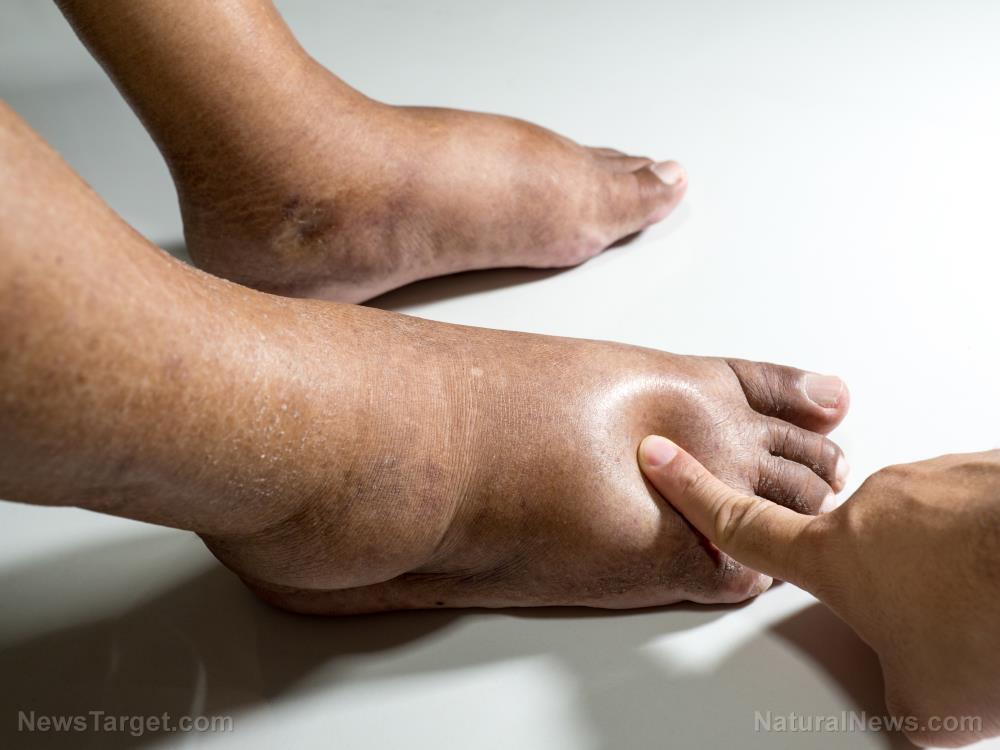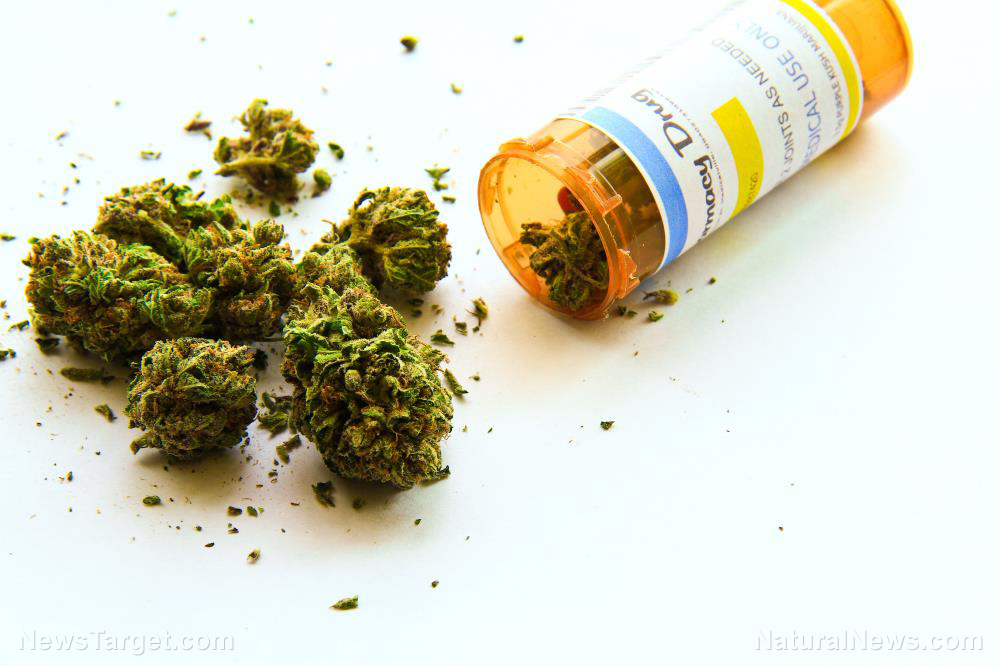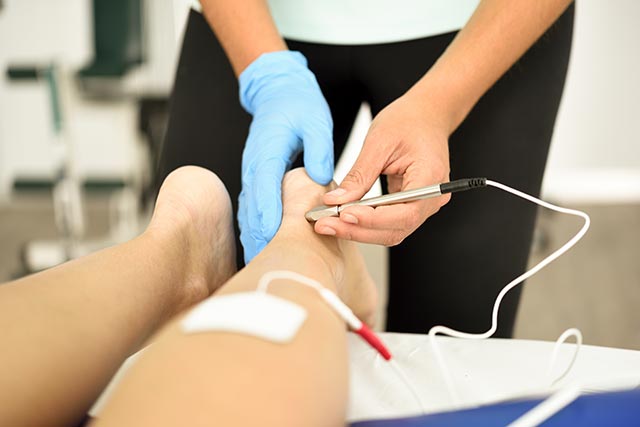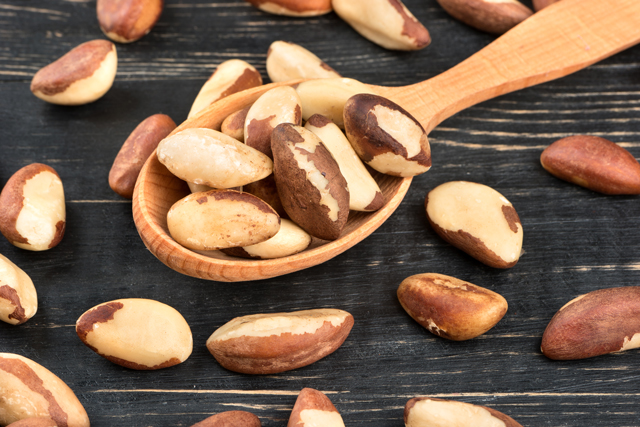Deadly blow to the chest does not affect heart contraction, according to research
08/22/2019 / By Edsel Cook

Why do healthy baseball players die when a ball slams into their chest while patients survive potentially lethal tachyarrhythmia attacks when they get a timely thump to the chest? Swiss researchers hoped to answer this puzzle with a recently-developed instrument that simulates how a blow to the chest affects the heart rate.
When the chest receives a heavy blow, it creates rapid strains on heart tissues. The full extent of the interaction between the external blow and heart function continues to baffle experts.
Researchers from the Federal Institute of Technology in Lausanne (EPFL) and the University of Bern in Switzerland collaborated to construct a device that can subject heart tissue to strain patterns that mimic realistic chest impacts. The instrument can also evaluate the effects of dynamic strain cycles on the electrical activity of the heart tissue.
When electrical impulses enter the heart, they trigger the contraction of heart muscles. The contractions expel blood from the organ and into the blood vessels that run throughout the body.
EPFL researcher and study co-author Matthias Imboden explained that the electromechanical coupling process ensures the regular beating of the heart. (Related: Study finds link between abnormal potassium levels and an increased risk of heart failure.)
A Swiss-made device replicates blows to the chest and their effects on heart rate
Experts thought that both beneficial and harmful effects of a blow to the chest stem from how the strike interrupts the transmission of electrical impulses to the heart. Disrupting the electromechanical coupling process that stimulates the heart tissues destabilizes the heartbeat.
Mother Nature's micronutrient secret: Organic Broccoli Sprout Capsules now available, delivering 280mg of high-density nutrition, including the extraordinary "sulforaphane" and "glucosinolate" nutrients found only in cruciferous healing foods. Every lot laboratory tested. See availability here.
Imboden’s co-author, Bern researcher Stephan Rohr, explained that they possessed the means to replicate heart cells and tissues. However, they needed to develop an equipment that generated strain fast enough to imitate what happens when the chest receives a blow.
The instrument developed by the EPFL-Bern team consisted of a silicone membrane that supported thin and stretchable electrodes made from carbon and gold.
“The carbon electrodes create the strain in the cardiac tissue and the gold ones measure the cellular electrophysiological response,” explained EPFL researcher Herbert Shea.
Shea and his colleagues tested their equipment on bioengineered strands of rat cardiac cells. They placed the strands atop the electrodes and applied various strain patterns that simulated impact to the chest.
Hitting the chest doesn’t disrupt the heart itself, but the blow might affect the connective tissues
The experimental instrument developed by EPFL-Bern researchers is capable of generating cellular strains consistent with what’s experienced by the heart during a normal heartbeat.
It can also generate that strain up to 100 times faster. This condition is similar to what happens when the chest receives a heavy blow.
The device doesn’t rely on a motor for its operation. It is the first and only instrument that comes close to copying the dynamics of a blow to the chest. It also lets researchers measure the effects of strain on the electrophysiology of the heart tissue.
In their trials, the Swiss researchers found that even the strongest strains did not disrupt the movement of electrical impulses through the heart tissues. This discovery led them to suspect that the adjacent connective tissues, not the contracting heart cells, may be the ones that are affected by a blow to the chest.
“That means we need to look into other possible explanations of what exactly happens during a deadly blow to the chest,” Rohr reported. “The strain sensitive element in the heart may actually not be the contracting heart cell itself but adjacent connective tissue cells.”
Sources include:
Tagged Under: blow to the chest, breakthrough, chest impact, connective tissues, discovery, electrical activity, electrical impulses, electrophysiological response, goodtech, heart contraction, heart function, heart muscles, heart rate, heart tissues, heartbeat, innovation, invention, medical tech, normal hearbeat, research

